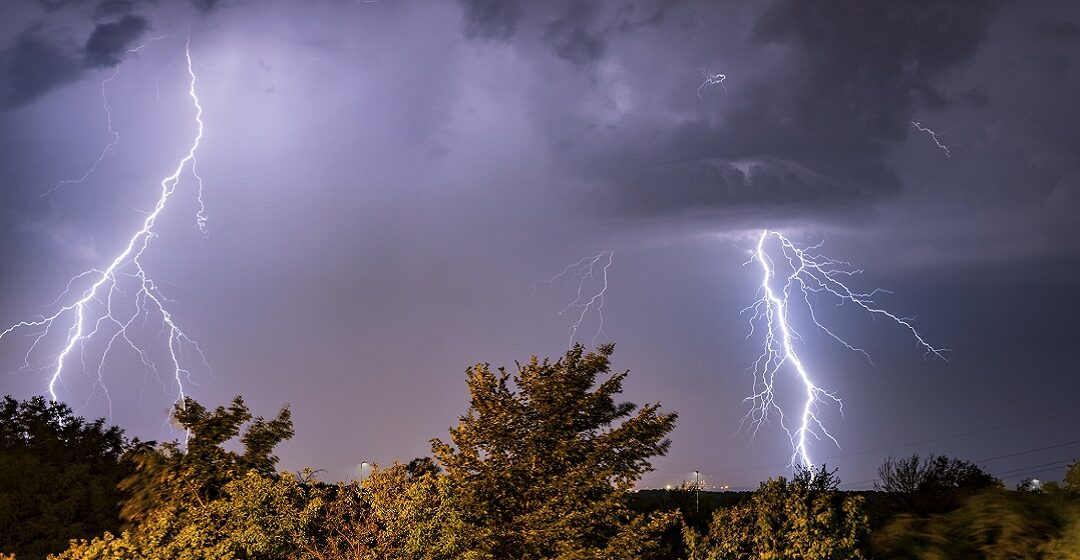
Summer storms are on the horizon
Summer is on the horizon, which often means severe weather, including thunder and lightning. But even with the best preparation, storms or lightning strikes may cause outages. We’re prepared to respond to any storms that hit our area this summer and always. And if outages occur, we’ll work around the clock as safely and quickly as possible to get your lights back on.
Watch this video to learn more about how we prepare.
We want you and your family to be prepared for storms as well.
Here are a few tips to stay safe during summer storms.
When thunder roars, go indoors!
Did you know: According to the National Weather Service, lightning strikes the United States about 25 million times per year?
If the sky looks threatening or you hear thunder, even in the distance, immediately seek shelter. The safest place during a thunder and lightning storm is in an enclosed permanent building or metal-topped vehicle with all doors and windows closed. Outdoor tents or gazebos will not keep you safe from a lightning strike.
Before a storm:
- Prepare an emergency kit with food, water, medication, flashlights and pet supplies.
- Charge your phones and devices.
- Purchase power strips with lightning arrestors or surge protectors for your appliances and electronics.
- Adjust your alert preferences to stay informed in case of an outage at pplelectric.com/alerts.
During a storm:
- Stay away from utility poles and metal conductors.
- Electric and plumbing equipment may carry lightning current. Avoid using any appliances or electronics plugged into an electrical outlet.
- Don’t use water to wash dishes or take a shower.
- Stay away from windows and doors.
- Report an outage, or check the status of an outage, at pplelectric.com/outage.
- And finally, remember to stay indoors for at least 30 minutes after thunder stops.
Source: lightningsafetycouncil.org

